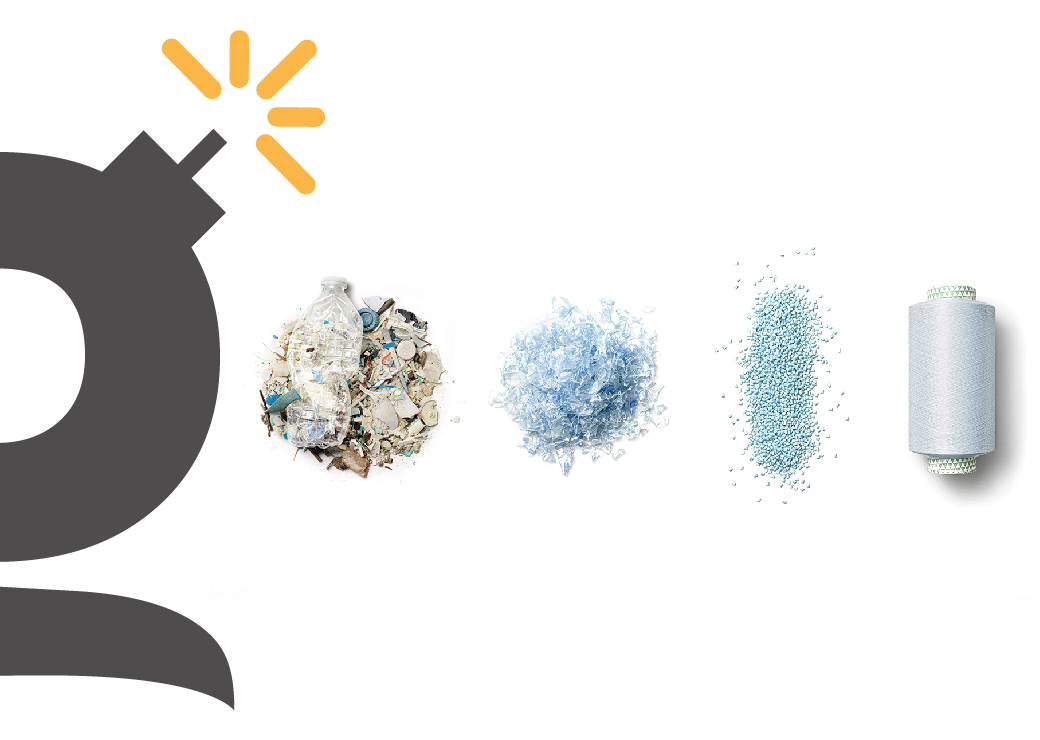
Through observing trends and spending habits, we have noticed a change in consumers' perception of what constitutes a quality product.
For decades, companies have been manufacturing fabrics using plastic. While this meant a reduced cost, it was considered to be “fake”. Most would have associated quality and longevity with naturally occurring fibres such as cotton, wool and jute.
It has been fascinating to see this idea being quashed as people opt for products made from recycled materials. People are impressed at the technology to take plastic and recycle it into such a “realistic” product. Weaver Green rugs, for example, make their product using 300 bottles collected from the ocean and they sell for a premium price.
Using recycled material not only promotes sustainability but gives your product history and a marketable narrative.
Where it is impossible for parts to be recycled or recyclable, we must evidence and communicate that every consideration has been made to reduce waste.

Through observing trends and spending habits, we have noticed a change in consumers' perception of what constitutes a quality product.
For decades, companies have been manufacturing fabrics using plastic. While this meant a reduced cost, it was considered to be “fake”. Most would have associated quality and longevity with naturally occurring fibres such as cotton, wool and jute.
It has been fascinating to see this idea being quashed as people opt for products made from recycled materials. People are impressed at the technology to take plastic and recycle it into such a “realistic” product. Weaver Green rugs, for example, make their product using 300 bottles collected from the ocean and they sell for a premium price.
Using recycled material not only promotes sustainability but gives your product history and a marketable narrative.
Where it is impossible for parts to be recycled or recyclable, we must evidence and communicate that every consideration has been made to reduce waste.

Through observing trends and spending habits, we have noticed a change in consumers' perception of what constitutes a quality product.
For decades, companies have been manufacturing fabrics using plastic. While this meant a reduced cost, it was considered to be “fake”. Most would have associated quality and longevity with naturally occurring fibres such as cotton, wool and jute.
It has been fascinating to see this idea being quashed as people opt for products made from recycled materials. People are impressed at the technology to take plastic and recycle it into such a “realistic” product. Weaver Green rugs, for example, make their product using 300 bottles collected from the ocean and they sell for a premium price.
Using recycled material not only promotes sustainability but gives your product history and a marketable narrative.
Where it is impossible for parts to be recycled or recyclable, we must evidence and communicate that every consideration has been made to reduce waste.

